Digital transformation is here to stay. But how can companies stay on top of rapid innovation, changing technology, and artificial intelligence? To truly digitally transform, your business may need a new strategic direction.
The International Data Corporation (IDC) provides market intelligence for the information technology, consumer technology, and telecommunications markets. IDC has suggested that companies aiming to be digital-first should consider adopting what they call the “unified content model.”
What is the Unified Content Model?
The unified content model is a new way to approach your content. It involves connecting data from all your data repositories, assigning all content common metadata, and unifying management and analytical practices. The goal of the unified content model is to allow you to perform any content-related services based on your specific business goal, not where you store your data or what software systems you’re using.

The unified content model is based on four “verbs”: plan, produce, publish, and promote. These different verbs are the organizing feature of the model: based on what verb best describes what you’re planning to do, you can choose one of a few methods to accomplish that verb. These verbs and methods are documented, and employees are trained to use these organizing principles.
The Unified Content Model in Practice
What does the unified content model look like in practice? In the first place, to move towards this model, you need to first take a step back and get the big picture of your content management across your entire organization. You may ask questions such as:
- Who creates our content strategy? When does the strategy change?
- What content do we create, and why? Who creates the content? What format is the content in?
- What is the content approval process like? Who approves content?
- What do we do with old content?
- Who is our audience for the content we produce?
- How do we analyze the effectiveness of our content?
Once you’ve got a good grasp on your entire content lifecycle, you can start unifying. First things first: make sure data can flow smoothly throughout your organization. Integrate as many of your software solutions as you can. If you can’t integrate a system, consider replacing/upgrading it. If you find duplicate systems at work, migrate all the content to one and get rid of the other. After that, as far as possible, assign metadata to your content/data and make it all searchable. Lastly, set up workflows for particular “verbs” and content types—and automate as many of these workflows as you can.
Benefits of the Unified Content Model
By eliminating information silos and unifying your content across your entire organization, your company will benefit from vastly increased efficiency and visibility throughout your processes. You’ll save your employees hours of time by automating previously manual workflows, and you’ll put the information they need at their fingertips.
Although the initial investment of time and money may be daunting, you’ll end up with a great return on investment: not only will you save time and money, you’re also future proofing your company by making it easy to integrate new software or delivery channels. At the same time, you’ll improve branding, employee satisfaction, and customer satisfaction.
Not Sure Where to Start? Laminin Can Help!
If you’re liking the sound of the unified content model but are unsure where to start, the experts at Laminin are here to help. Our top-of-the-line information management solutions can help you unify data across your business. If you’re looking for a comprehensive document management solution, look no further than M-Files. If you need a business data/intelligence management solution, check out Interject. We can help you implement these software systems (and more) as well as integrate them with your current technology. Contact us today to get started.




